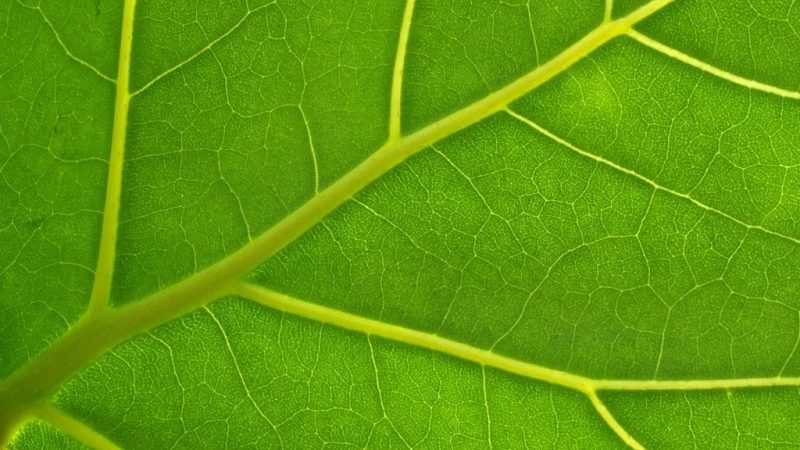
One of the latest innovations in green technology draws inspiration from a quite literal source. New research finds that the natural structure in leaves can be used to improve a variety of technologies, from rechargeable batteries to high-end gas sensors.
Researchers created a porous material that uses a rule known as “Murray’s Law,” which mimics the flow of nutrients inside leaves that help organisms survive and grow. An international team of scientists from China, the United Kingdom, United States, and Belgium applied the structure to help the transfer of liquids with the least amount of energy required. In addition to mimicking the natural process in leaves, the scientists also studied structures similar to insect breathing networks.
The researchers used the technology on rechargeable batteries to speed up the charging process and reduce the stress on electrodes, which is a common limit on the lifespan of batteries, Engadget reports. The same technique was applied to boost the performance of gas sensors. Researchers also used it on photocatalysis, a process that breaks down organic pollutants in water.
Researchers expect the technology to have the biggest benefit with energy and environmental applications.
—RealClearLife
This article was featured in the InsideHook newsletter. Sign up now.